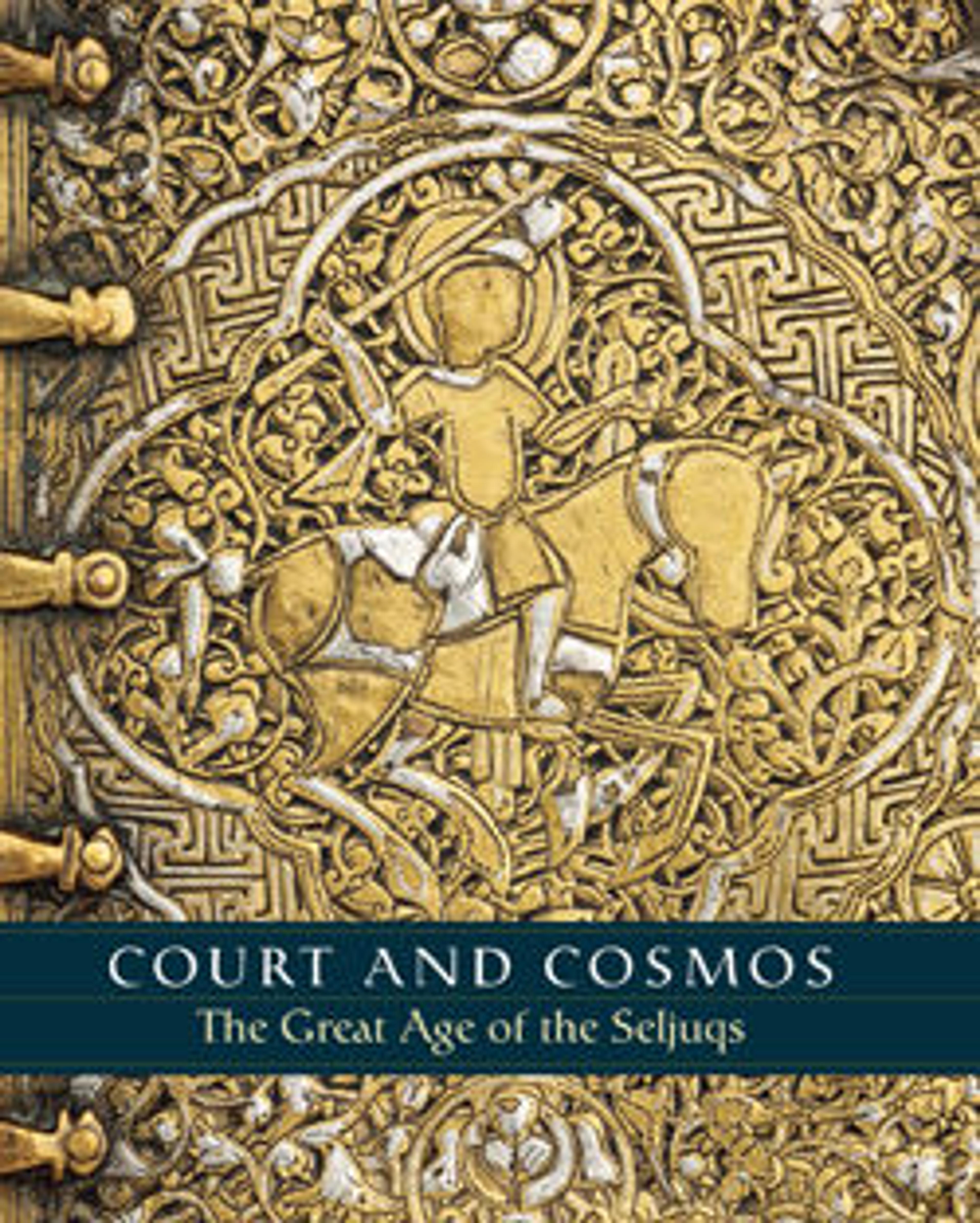"Design for the Water Clock of the Peacocks", from the Kitab fi ma'rifat al-hiyal al-handasiyya (Book of the Knowledge of Ingenious Mechanical Devices) by Badi' al-Zaman b. al Razzaz al-Jazari
Al-Jazari, the author of this treatise on a variety of practical and fanciful mechanical devices, served at the Artuqid court in Diyar Bakr in the late eleventh to the early twelfth century. Some of the elements of the peacock clock, run by water, are shown in this illustration. In the completed device, the arch containing two peacocks would be surmounted by another containing a peahen that would turn from right to left in the course of a half hour, causing the peacocks to whistle.
Artwork Details
- Title:"Design for the Water Clock of the Peacocks", from the Kitab fi ma'rifat al-hiyal al-handasiyya (Book of the Knowledge of Ingenious Mechanical Devices) by Badi' al-Zaman b. al Razzaz al-Jazari
- Author:Badi' al-Zaman ibn al-Razzaz al-Jazari (Northern Mesopotamia 1136–1206 Northern Mesopotamia)
- Date:dated 715 AH/1315 CE
- Geography:Attributed to probably Syria or Iraq
- Medium:Ink, opaque watercolor, and gold on paper
- Dimensions:H. 12 3/8 in. (31.4 cm)
W. 8 11/16 in. (22.1 cm) - Classification:Codices
- Credit Line:Rogers Fund, 1955
- Object Number:55.121.15
- Curatorial Department: Islamic Art
More Artwork
Research Resources
The Met provides unparalleled resources for research and welcomes an international community of students and scholars. The Met's Open Access API is where creators and researchers can connect to the The Met collection. Open Access data and public domain images are available for unrestricted commercial and noncommercial use without permission or fee.
To request images under copyright and other restrictions, please use this Image Request form.
Feedback
We continue to research and examine historical and cultural context for objects in The Met collection. If you have comments or questions about this object record, please contact us using the form below. The Museum looks forward to receiving your comments.
